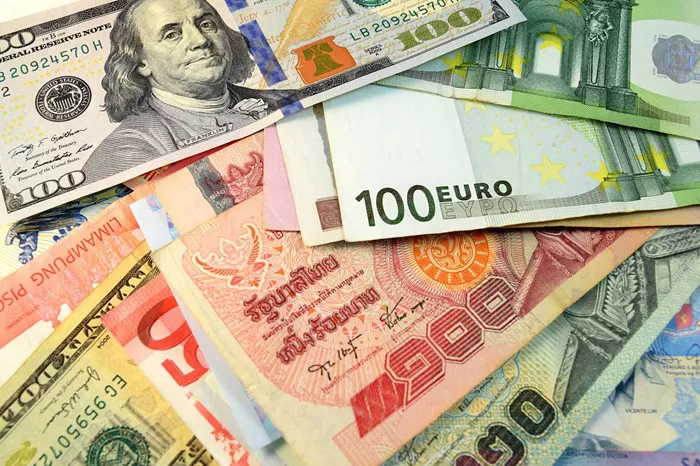The dollar held steady on Friday, positioning itself to break a two-week losing streak as traders scrutinized U.S. labor and manufacturing data to gauge potential Federal Reserve rate cuts this year.
The yen fluctuated at 157.24 per dollar, following a recent high of 155.375 touched on Thursday. This volatility comes amid suspected intervention by Tokyo, with estimated interventions nearing 6 trillion yen, according to Bank of Japan data.
Friday’s data revealed that Japan’s core consumer prices accelerated for the second consecutive month in June, fueling market speculation about a possible interest rate hike by the Bank of Japan (BOJ). The BOJ’s recent departure from negative rates and bond yield control in March has led to expectations of a rate increase in its upcoming meeting. Market forecasts currently assign a 41% probability to a 10 basis point hike.
The yen has depreciated over 10% against the dollar this year, largely due to the interest rate disparity between the U.S. and Japan, and was near 38-year lows earlier in the month, prompting suspected Tokyo interventions.
In the U.S., new jobless claims rose more than anticipated last week, but there were no significant shifts in the overall labor market. The dollar index, which measures the U.S. currency against a basket of six major rivals, stood at 104.21, recovering from a four-month low of 103.64. The index is on track for a 0.16% weekly gain after two weeks of declines.
The Federal Reserve’s meeting at the end of July is expected to show minimal chances of an immediate rate cut, with traders anticipating a 25 basis point reduction at the Fed’s September meeting. Ryan Brandham, head of global capital markets for North America at Validus Risk Management, indicated that the U.S. economy is approaching a point where a rate cut could be appropriate but cautioned that the Fed might proceed cautiously to avoid reigniting inflation.
Federal Reserve Bank of San Francisco President Mary Daly emphasized the need for further evidence that inflation is trending back towards the Fed’s 2% target before considering a rate cut. “We don’t have price stability right now,” Daly said during a Dallas Fed event on Thursday.
The euro was stable at $1.0893 in early Asian trading after a 0.4% decline in the previous session. The European Central Bank’s recent decision to keep rates unchanged and provide no guidance on future moves has left the euro in a relatively neutral position. However, with markets anticipating more than two Fed rate cuts by year-end and under two ECB cuts, the euro may gain momentum in the latter part of the year.
Sterling remained unchanged at $1.2942 following a 0.5% drop, as wage growth data in Britain showed slower increases. Despite this, the strong growth has kept speculation about a potential rate cut from the Bank of England alive. The pound, which recently hit a one-year high, has risen 1.7% this year.
In other currency movements, the Australian dollar edged down 0.11% to $0.66985, while the New Zealand dollar fell 0.22% to $0.6032.


